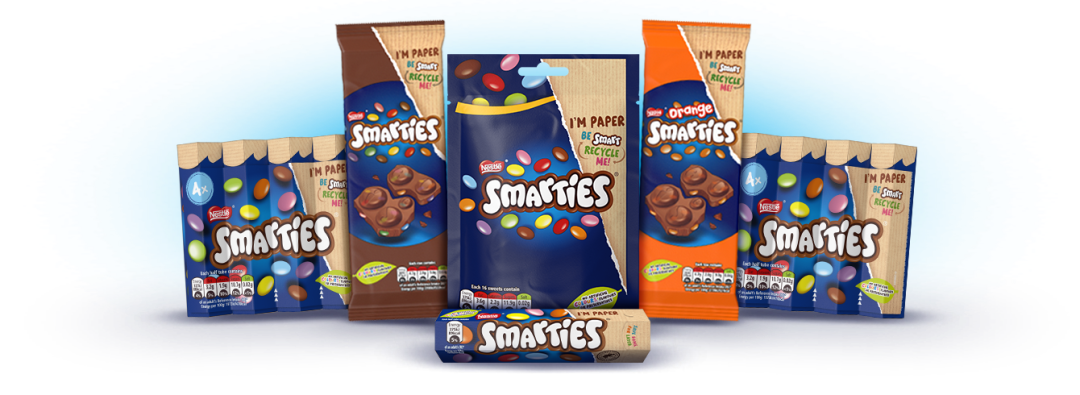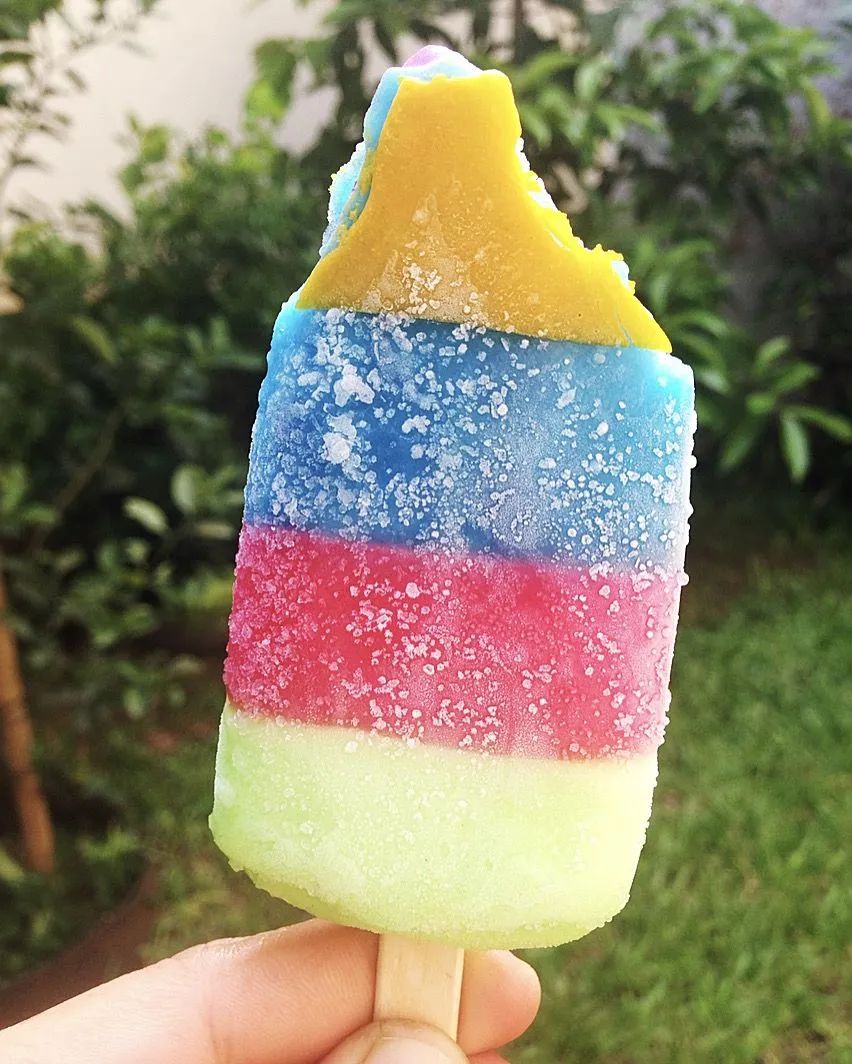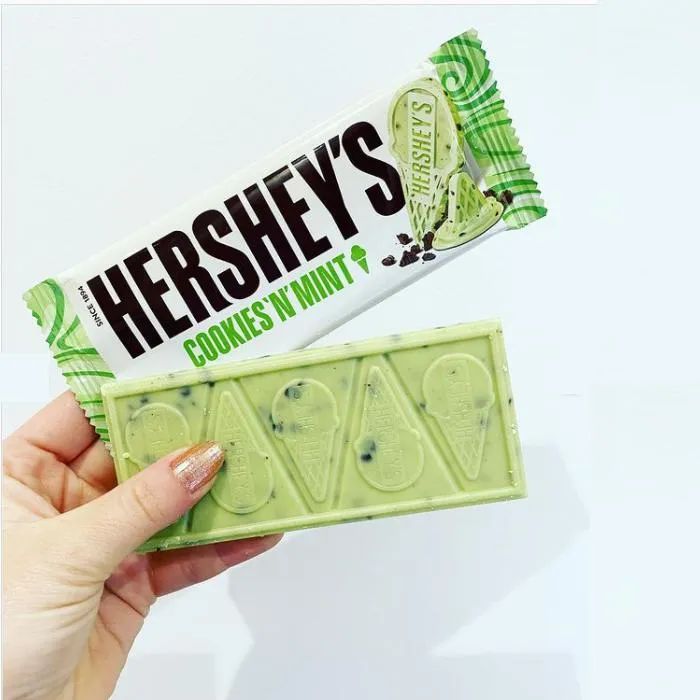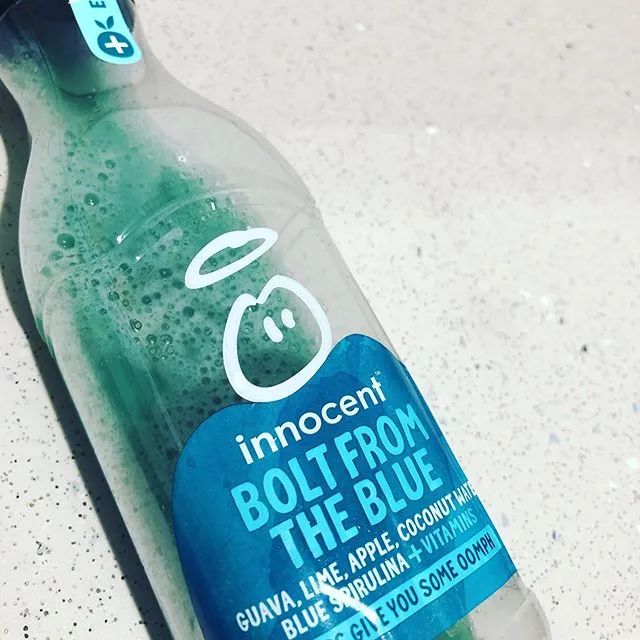From Nature to Industry: Exploring Food Manufacturers’ Use of Phycocyanin
Phycocyanin is a natural pigment extracted from spirulina (a raw material for health food) using a mild physical method. In 1986, Confident Phycocyanin, developed by the Japan AIDS Research Institute and produced by CONFIDENCE Algae Nutrition Food Co., Ltd., was used as a rehabilitation drug and nutritional food for cancer patients, leukemia patients, etc., and achieved outstanding therapeutic effects.
In the early 21st century, with the rapid development of the economy and consumption concepts in Europe, America and Japan, phycocyanin was widely used as a high-grade natural pigment in food and cosmetics. In 2013, phycocyanin was certified by the US FDA as a natural pigment exempt from certification. In Europe, phycocyanin is recognized as a coloring foodstuff and can be used without limit.

Smarties: A Century-Old Favorite Embraces Innovation
Nestlé's iconic candy, Smarties, has charmed consumers worldwide since its launch in 1937. In 2010, Nestlé experimented with using spirulina extract as the source of blue for Smarties. However, regulatory hurdles initially prevented its market debut.
By 2013, advancements in regulations allowed Nestlé and other food giants to submit applications to the FDA for spirulina extract as a food colorant. This progress paved the way for a complete replacement of FD&C Blue No.1 with spirulina-based blue in Smarties. Today, in regions like Europe and Singapore, consumers enjoy Smarties colored with natural spirulina, marking a significant step toward clean-label production.
Smarties also hold certifications and labels such as No Artificial Colors, Green Dot, and Rainforest Alliance Certified, further solidifying its commitment to sustainability and health-conscious consumers.

Wall’s Yummies: Natural Blue in Every Scoop
Unilever's Wall’s brand dominates the ice cream market globally, and its children’s favorite, Yummies, is no exception. Known for its gluten-free recipe and use of natural flavors, Yummies incorporates phycocyanin for its vibrant appeal.
Beyond Yummies, Wall’s has infused spirulina extract in other products like Paddle Pop Twister Mermaid and Paddle Pop Rainbow, creating visually stunning treats without synthetic additives. This shift highlights the industry's move toward offering cleaner, more transparent ingredient lists.

Hershey’s Cookies Mint: A Green Twist with Phycocyanin
The Hershey Company, a chocolate manufacturing giant, has also adopted phycocyanin in its products. The Hershey’s Cookies Mint chocolate bar, first introduced in 1994 and relaunched in 2020, uses phycocyanin combined with turmeric to create a natural green hue.
This thoughtful use of color complements the product's mint flavor, showcasing phycocyanin’s versatility beyond traditional blue applications. Hershey’s strategic color choice caters to consumer expectations while maintaining the appeal of natural ingredients.

Innocent: Blue Sparks in Natural Juices
Known for its commitment to sustainability and natural ingredients, Innocent made waves in 2019 with its product Bolt from the Blue. This juice blend, featuring apple, pomegranate, and coconut water, owes its vibrant blue hue to phycocyanin.
The launch sparked consumer discussions about the color’s striking appearance, with fans debating whether it leaned more blue or green. In 2020, Innocent doubled down on the trend, introducing Blue Spark, an even brighter blue beverage. These innovations highlight how phycocyanin elevates visual appeal in health-conscious products, aligning with Innocent’s brand ethos.

Phycocyanin: Transforming Food Manufacturing
Over the past decade, phycocyanin has transitioned from a niche natural pigment to a widely embraced food colorant. Its adoption by major players like Nestlé, Unilever, Hershey, and Coca-Cola demonstrates its versatility and consumer appeal. From candies and ice creams to beverages, phycocyanin now enhances a spectrum of products with its brilliant hues and clean-label advantages.
As the demand for natural ingredients continues to rise, phycocyanin stands out as a sustainable, health-conscious choice for food manufacturers. Its journey from nature to industry underscores the innovation driving the future of food.

Conclusion
Phycocyanin’s rise to prominence marks a significant milestone in the evolution of natural food coloring. By meeting regulatory standards and appealing to eco-conscious consumers, this unique pigment is setting a new standard for visual and nutritional excellence in the food industry.

